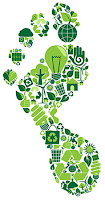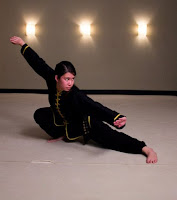Leadership and martial arts may seem like two very different fields, but they actually have a lot in common when it comes to building a sustainable future. Both require vision, virtue, focus, and dedication, and both are grounded in a deep respect for the world around us. In this article, we will explore how leadership and martial arts can work together to create a more sustainable future, and we will offer practical tips for incorporating these principles into your own leadership life.
Focus on the Long-Term
In both leadership and martial arts, success is often measured over the long-term. Instead of looking for quick fixes or short-term gains done in management, focus on vision to build a sustainable future that will benefit not just yourself, but also future generations. This means thinking about the impact of your decisions and actions, and considering the long-term consequences of your choices.
Cultivate Self-Discipline
Self-discipline is essential in both leadership and martial arts. Whether you are training for a black belt or working to lead your team to success, you will need to be able to stay focused and motivated, even when faced with challenges, problems and setbacks. Cultivate self-discipline by setting clear goals, creating a plan of action, and holding yourself accountable for the progress of your vision.
Embrace Failure as a Learning Opportunity
In both leadership and martial arts, failure is an inevitable part of the journey. Instead of being discouraged by failure, embrace it as an opportunity to learn and grow from it. Analyze what went wrong, identify areas for improvement, and use this knowledge to make better decisions and take more effective actions in the future.
Foster Collaboration and Cooperation
Collaboration and cooperation are essential in both leadership and martial arts. No one person can achieve success alone, and both fields require strong teamwork and communication skills. To foster collaboration and cooperation, work to build strong trust and relationships with those around you, listen actively, and seek out opportunities for collective problem-solving and decision-making.
Develop a Strong Virtue Framework
Finally, both leadership and martial arts require a strong virtue framework. Leaders and martial artists must be guided by a set of core values and principles that inform their decisions and actions. This might include values like trust, respect, integrity, and compassion, as well as a commitment to long term goals such as sustainability and environmental stewardship.
By combining the principles of leadership and martial arts, we can build a more sustainable future that benefits everyone. Whether you are a business leader, a martial artist, or simply someone interested in making a positive difference in the world, these principles can help guide you toward success. Start by focusing on the long-term, cultivating self-discipline, embracing failure as a learning opportunity, fostering collaboration and cooperation, and developing a strong virtue framework. With these tools, you can lead the way to a brighter, more sustainable future for you and generations to come.


































